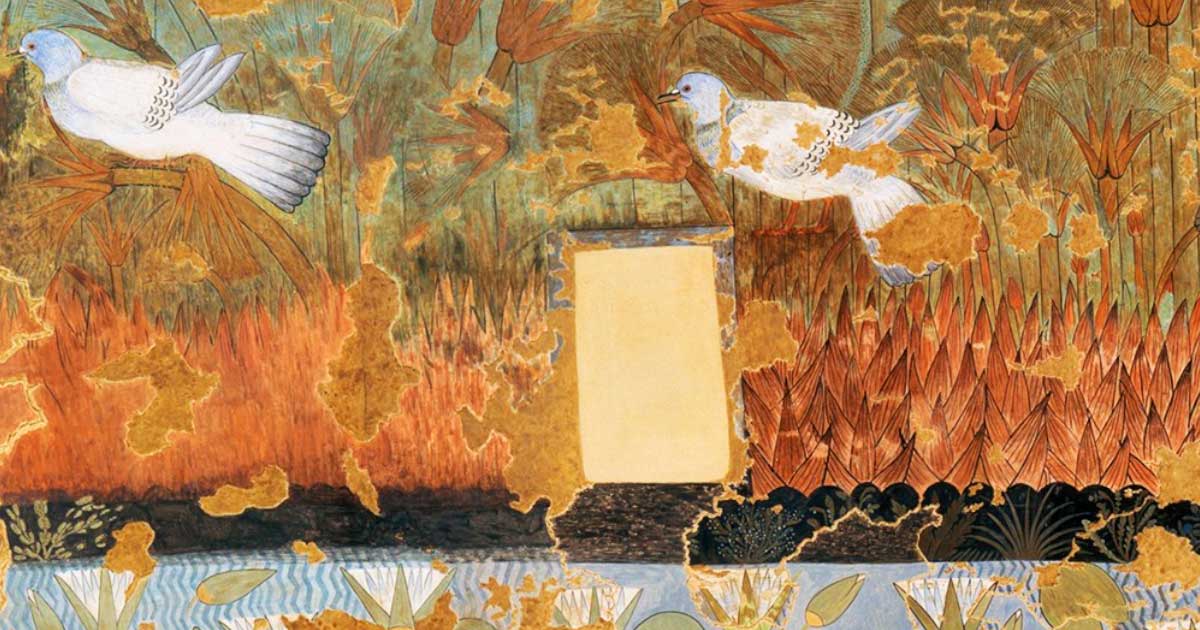Exquisite Avian Artwork Created Sensory Relaxation Chamber for Egyptian Queen
Back in the 1920s, archaeologists working at Amarna’s North Palace in Egypt uncovered a “masterpiece of ancient Egyptian art.” This was the palace of Meritaten, the daughter of Pharaoh Akhenaten and Queen Nefertiti, whose name meant “She who is beloved of Aten” in reference to the sun deity worshiped by her father.
The Amarna palace was built some time between 1347 and 1332 BC and the stunning avian artwork found within it is includes a blazing display of birds and wildlife, so much so that modern-day researchers believe that the space would have created a unique sensory experience.
The art found on the walls of the palace is so detailed that academics have identified many of the bird species represented. Pigeons, doves, shrikes and wagtails all added color and life to what is believed to have been “a relaxation chamber” filled with avian artwork for the pleasure of Meritaten and her staff.
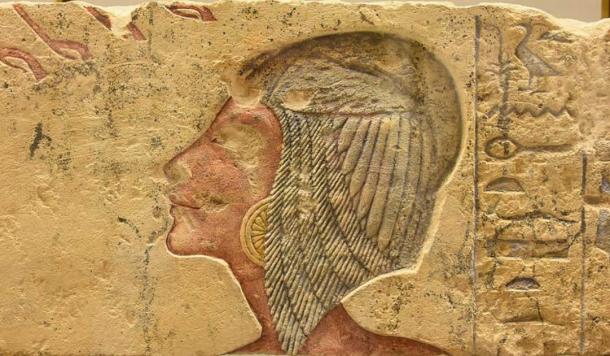
Researchers believe that the avian artwork unearthed at Amarna’s North Palace once adorned the walls of a sensory relaxation chamber used by Meritaten, the daughter of the Pharaoh Akhenaten, depicted here. (Richard Mortel / CC BY 2.0)
Revisiting 100-Year-Old Research
Professors Christopher Stimpson from Oxford University Museum of Natural History and Barry Kemp from the McDonald Institute for Archaeological Research at the University of Cambridge, have published a new paper in Antiquity entitled “Pigeons and papyrus at Amarna: the birds of the Green.”
- Was Meritaten the Ephemeral Ankhkheperure? Discovering the True Identity of Amarna’s Female Pharaoh
- Did the Ancient Egyptians Create Art as a Way to Manifest Reality?
The pair of researchers carefully observed all of the depictions of wild animals and birds in the Green Room in the North Palace at Amarna. The study also revisits the images produced by researcher Nina de Garis Davies in the 1920s and looks at both “the taphonomy and the interplay between naturalistic observation and artistic license.”
In so doing, the paper answers some long-standing questions about the ecological and stylistic aspects of ancient Egyptian artwork. It also looks at how elite Egyptians basked in super-lush environments designed to heighten their senses.
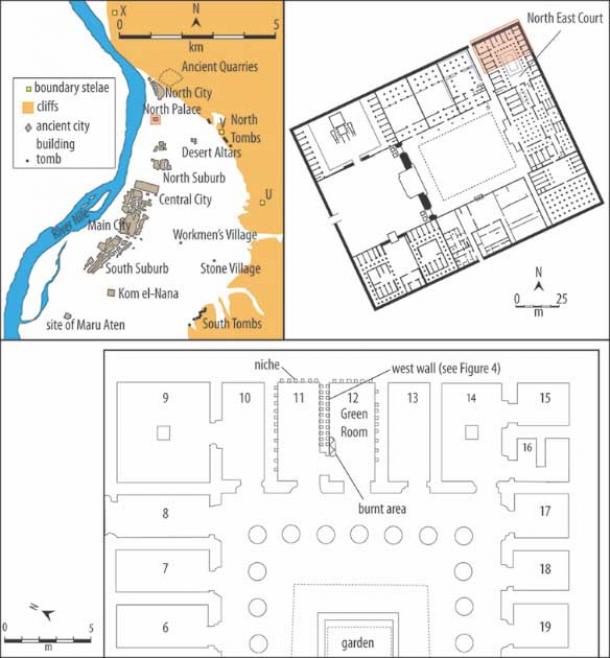
Map showing location of the North Palace and Green Room at Amarna, where the avian artwork was discovered. (B. Kemp / Antiquity Publications Ltd)
Some of the Most Skillfully Rendered Arts in Egypt
The North Palace of Akhenaten’s late Eighteenth Dynasty capital at Amarna is situated within the North Suburb of the city facing the River Nile. It was originally excavated by the Egyptian Exploration Society between 1923 and 1925 at which time archaeologists recorded digging a trench beginning at the northeast corner and walls of chambers.
The ceiling and upper walls of the original building collapsed soon after it was abandoned and the rubble protected the lower portions of the walls, preserving the painted plaster panels where the masterpiece was unearthed.
The researchers first identified traces of colored plaster, before a large piece of decorated plaster was exposed illustrating “waterlilies and papyrus and birds.” They noted that the right portion of the west wall retained its colors best, and that they were “in a state not far removed from the original, save for a certain culling and deepening of the greens.”
Researchers Nina de Garis Davies and her husband Norman, from the Metropolitan Museum of Art in New York, recorded the lower paintings by facsimile. These are described in the new paper as “some of the most skillfully rendered and naturalistic images of birds known from Dynastic Egypt.”
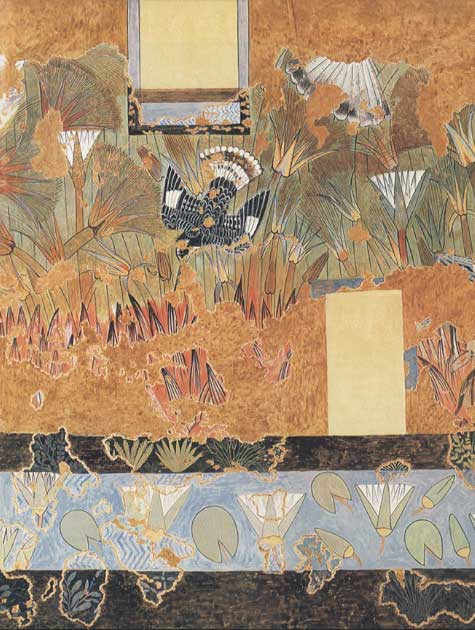
Detail from the avian artwork uncovered at the west wall of the Green Room at Amarna’s North Palace in Egypt. It depicts what experts believe to be a pied kingfisher. (Public domain)
The Perils of Identifying Ancient Avian Wildlife
Most of the surviving images depict birds, especially species of pigeon. However, also on display are the pied kingfisher, a reddish turtle dove, palm doves, a red-backed shrike, masked (‘pied’) shrikes and African pied wagtails.
The new study says that while the artwork of the Green Room “is an exemplar of naturalistic execution it is not a dedicated ornithological treatise.” The researchers stress that the identification of species depicted in ancient artwork “should be approached with caution.”
Firstly, they explain that Egyptian wall art was “enthusiastically two dimensional and comparative size mattered little” in the depiction of birds. In the Green Room, this can be seen in an enormous oversized kingfisher ( Ceryle rudis) which “except for the slightest point of error, it is completely faithful to the living bird.”
The paper explains that artistic license “sacrifices realism to portray the elements of an animal or bird most useful for their identification.” Furthermore, birds are depicted perching and nesting atop papyrus umbels, but in reality these umbels could not support the birds’ weight.
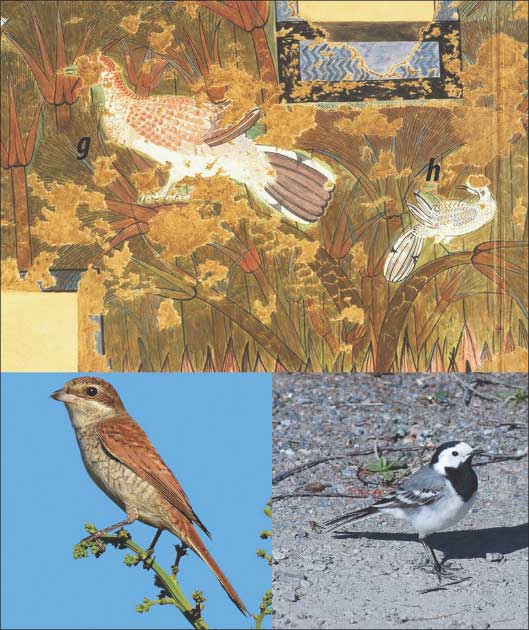
The researchers have identified several bird species, including the red-backed shrike (g) and white wagtail (h) within the avian artwork found at Amarna. (Antiquity Publications Ltd)
Avian Artwork Offered Remarkable Sensory Experience
With their new analysis of the Green Room, the scientists were able to look at the space in a wider context. They speculated that the North Palace was intended for Akhenaten and Nefertiti’s eldest daughter, Meritaten, and that the surviving panels of the Green Room, and those of the Garden Room of the Villa of Livia, were designed to interact with the architecture at both sites.
- A Dream Destination for Egyptologists: The Amazing Amarna Necropolis
- 'Mona Lisa of Ancient Egypt' Contains Extinct Goose
The authors explained that the builders of Amarna “conspired to blend the internal and external environment.” In doing so they produced what is described as an “immersive and continuous experience” of nature.
Both of the rock tombs at Tutu and Ay at Amarna depict rooms in which royal women “relaxed, socialized and played musical instruments.” Considering this, the researchers speculate that the Green Room at the North Palace was decorated with birds and wildlife as a “celebration of Nilotic fecundity” to enhance the calming effects of the space. By bringing the natural environment inside, the ancient Egyptian builders created “a remarkable sensory experience.”
Top image: Avian artwork reproduced in facsimile painting from the Green Room found at Amarna’s North Palace. Source: Public domain
By Ashley Cowie
















